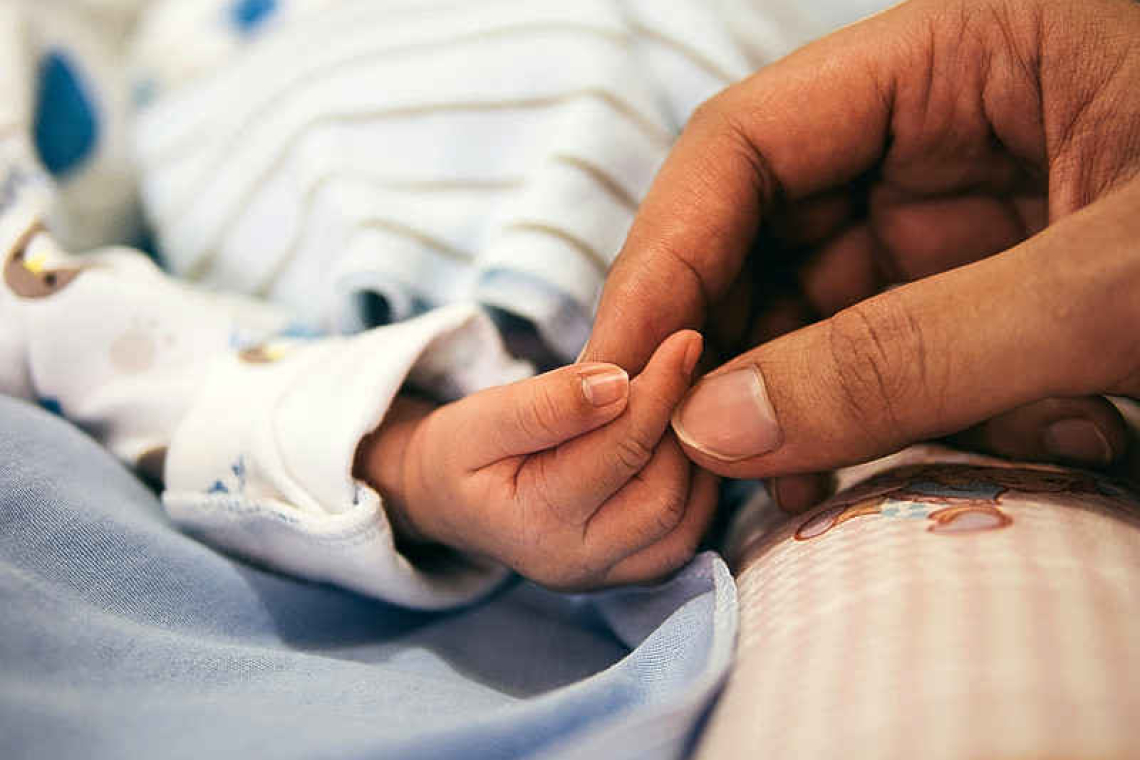By Dr. Colin Michie FRCPCH
We recall very little of our first years of life, but we often know our own birthweight. And this measure is important to our health, even 50 years later! A foetus depends on mother’s womb. That precious embryo develops from a tiny disc of tissue, several millimetres across. By the end of the fourth week, a heart has started to beat on one side, and the brain and spinal cord form on the other. The embryo lives suspended in amniotic fluid, linked by an umbilical cord to the placenta.
Foetal growth uses a great deal of blood and energy. Umbilical blood vessels carry oxygen and nutrients to the foetus and remove waste products to the placenta. The placenta grows on the wall of the uterus, made by both the embryo and mother, to manage these exchanges. During the pregnancy a mother increases her metabolic rate by about 20%, her blood volume by 30-50%, her heart output by 20-25%. Her kidneys increase their filtration by 50%. All this metabolic activity ramps up after the first 12 weeks and mothers will require several hundreds of extra calories a day. Gestation stress tests all mother’s organs!
Pregnancies differ. Birthweight depends on the parents, their genes, the efficiency of that busy placenta. But weight at delivery can reach far into medical futures. A small baby with a birthweight of less than 2.5 kg may be normal; however, when surveyed, small infants have more problems reaching developmental milestones. Even as older adults, they are more likely to develop high blood pressure and heart disease. They may fall ill with more lung disorders and type-2 diabetes, too. Large babies weighing over 4 kg might be following a family trend, but they too present challenges. For instance, they often have difficulties at delivery. Shoulder dystocia, caused by their greater size, means they are more often delivered by a caesarean section. Dystocia can damage nerves in the infant’s arm. As they grow, large infants have an increased risk of becoming obese and developing type-2 diabetes.
To reduce risks of their infants being too small or too large, mothers benefit from checks of foetal growth. Blood testing has become increasingly helpful too. An experienced midwife can feel a mother’s belly to estimate foetal growth. By 30 weeks, an approximate measurement of 30 cm. is the distance from mother’s pubic bone to the top of her uterus. This assessment depends on the position of the foetus and amniotic fluid volumes, so more detailed estimates can be checked – of the baby’s head, belly and limb bones – using ultrasound.
Blood samples after 12-16 weeks of pregnancy contain placental fragments that include DNA from the foetus and the mother. These can identify a genetic problem in the infant, as well as the chances of mother suffering premature labour or developing high blood pressure (eclampsia). Blood tests evaluate how the placenta is coping, and if mothers have treatable conditions, such as anaemia.
Mothers are commonly checked for infections such as HIV, cytomegalovirus, toxoplasmosis or syphilis. These pathogens can disrupt the placenta, slow the growth of her foetus, damage organs in the unborn child and cause miscarriage, premature delivery or stillbirth. In sub-Saharan Africa, the WHO recommends providing a bed net to all pregnant mothers, because malaria damages the placenta too, with the same complications. In Caribbean islands, mosquitoes spread Zika, chikungunya, dengue and oropouche viruses. Limiting mosquito exposure by pregnant women is wise.
High blood flows and nutrient exchanges make the placenta vulnerable to toxins: Tobacco smoke and alcohol are particular problems. Even passive smoking is damaging. As with alcohol (and other drugs of abuse, lead and numerous environmental contaminants), placental inflammation can result from exposure and compromise the pregnancy.
An average mother gains between 11 and 16 kilograms during her pregnancy. Larger weight increases can cause both mother and foetus to develop gestational diabetes and raised sugar levels. Her foetus will be larger as a result. National birthweights are being driven upwards by this disorder. Advertising and food environments often promote unhealthy diets for mothers and placentas too, so lifestyle interventions are a practical solution. Young women often have poor diets before they become pregnant, so sound nutritional advice really helps mums, placentas and embryos.
Medicalising a natural pregnancy with clinic checks is regrettable. Clinics can make some mothers anxious. However, checking foetal growth has been proven to be a powerful first approach, reducing miscarriages, premature labour and stillbirths. Globally, miscarriages afflict about 15% of pregnancies. Stillbirth rates vary, being lower in Cuba (0.6%), higher in Haiti (2.4%). Caring for and supporting pregnant women should be a family and community priority. Aiming for birthweights between 2.5 and 4 kg will promote health for all, in the long term!
Useful references:
rcog.org.uk/for-the-public/browse-our-patient-information/having-a-small-baby
nhs.uk/pregnancy/keeping-well/have-a-healthy-diet
Dr. Colin Michie specializes in paediatrics, nutrition, and immunology. Michie has worked in the UK, southern Africa and Gaza as a paediatrician and educator and was the associate Academic Dean for the American University of the Caribbean Medical School in Sint Maarten a few years ago.







